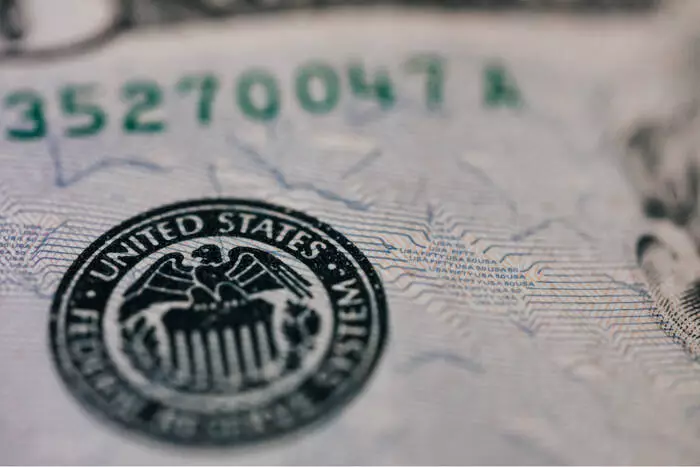In an era saturated with financial news, analysis, and advice, it is tempting to believe that the information provided guarantees success. However, critical reflection reveals that much of what populates financial websites and media outlets is laden with caveats, disclaimers, and inherent uncertainties. The very nature of financial markets—volatile, unpredictable, and complex—renders any generalized guidance inherently limited. Recognizing this, investors must approach such content with skepticism and a discerning eye, understanding that most published insights are educational at best, not prescriptive.
The Dangers of Over-Reliance on Public Information
Many financial platforms openly emphasize that their data, opinions, and analyses are not tailored to individual circumstances. They often include warnings dissuading users from blindly following recommendations, as market conditions fluctuate rapidly and unpredictably. Relying solely on external analyses without thorough personal diligence is akin to navigating treacherous waters with only mediocre maps. Ignoring this fundamental truth can lead to significant financial losses, especially when traders underestimate the high risks associated with complex instruments like cryptocurrencies or CFDs, which are frequently highlighted as high-stakes ventures.
The Fallacy of “Safe” Investments in a Risky World
Despite the overwhelming advice to exercise caution, there exists a cultural tendency to portray certain financial moves as “safe” or “profitable” — a narrative that can be dangerously misleading. This illusion of safety can lure inexperienced investors into speculative markets, where the potential for profit is coupled with an equally high potential for loss. Responsible investing demands a mature, skeptical stance—questioning claims, scrutinizing sources, and understanding that no investment is immune to risk. The disclaimers often remind us that market data may be lagging, prices may be unreliable, and no guarantee exists for accuracy, highlighting the importance of personal responsibility.
Critical Thinking as the Investor’s Best Tool
In the final analysis, the most effective approach for any investor is to develop a mindset of critical skepticism. Don’t accept information at face value; instead, verify, analyze, and challenge sources. Embrace the understanding that the financial landscape is inherently uncertain and that no one has a crystal ball. By cultivating a healthy dose of doubt and performing meticulous research, investors can better safeguard themselves from pitfalls associated with overconfidence and misinformation. The markets will never become entirely predictable, but a critically aware investor can navigate them with resilience and prudence, transforming uncertainty from an enemy into an element of strategic advantage.

